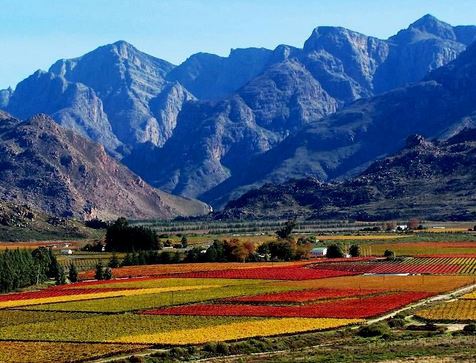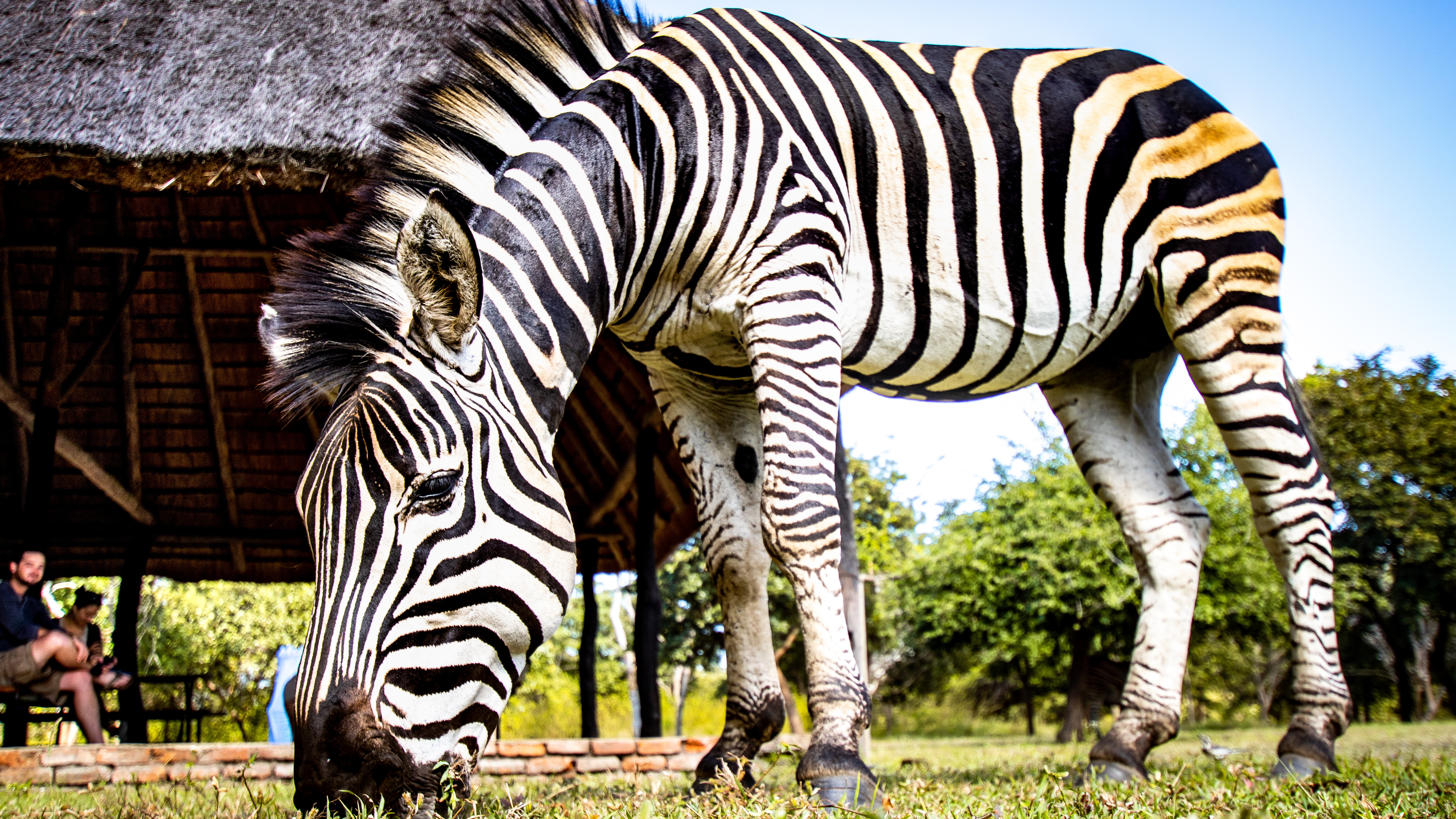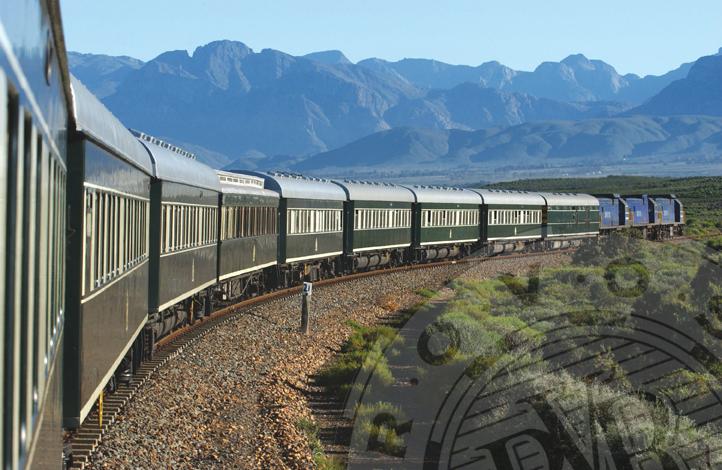Springbok is the largest place in the Northern Cape province and located in the heart of Namaqualand. It is the place for diamonds, copper and wild flowers and is enclosed in a narrow valley between two granite hills of the ‘Klein Koperberg’, also known as the ‘Klipkoppe’.
Springbok is located between the mountains, about 600 km from Cape Town. The climate of Springbok is warm and healthy (no malaria) with few days above 30 degrees and only 10 centimeters of rain per year. The winter temperatures rarely fall below six degrees. Springbok is the gateway to Namibia and located 120 km from the border, a good place to stop if you are passing through.
The pride of the Northern Cape is a quiet, colorful town surrounded by peace and space and is affectionately called ‘the Garden of Gods’. And the latter will not surprise you if you stay here in the period August-September. Springbok is then surrounded by flower fields that turn their delicate heads in the direction of the sun during the day. Springbok is famous worldwide as the Namaqua Flower Capital.
Visit the Goegap Nature reserve and be amazed at the amount of (600) native flowers. There is also plenty of wildlife to be found in this area and around a hundred different birds are singing their tune here as if it were a sweet delight.
You will continue to be amazed at the bare beauty of the Quivertree, the hollow branches of this tree were used by the Bushmen to store their arrows. And you will also find lots of special succulents here, something that is quite normal in a dry area like this.
The Skilpad Wildflower Nature Reserve and the Namaqua National park with their flower carpets are of course a must during August-September, but throughout the year the Augrabies Falls National Park will be on the nature lover’s list. You will really have to stay here for a few days if you want to admire all this natural beauty.
In 1850, copper was found on the Melkboschkuil farm, leading to the first copper mine in South Africa, and the town of Springbok was created around it. The mine was already exhausted in 1888. You can visit the Blue Mine here and take a walk with a view of the west side of the city.
A special example of masonry is the beautiful Dutch Reformed Church, also called ‘Klipkerk’. In the center you will find a monument reminiscent of the Anglo-Boere war and also in the surroundings of Springbok you will find monuments and graves that remind of that black age in history. The Namaqualand museum is now in the old Jewish synagogue.
Now Springbok is a bustling town especially because the Namaqualanders from neighboring villages such as Pofadder, Garies, Kleinzee, Port Nolloth and Alexander Bay, come here to do their shopping. In the village you will also often find people from the Herero and Ovambo tribe who try to sell their beautiful hand-woven baskets and other handicrafts.
Add to my travel plans



